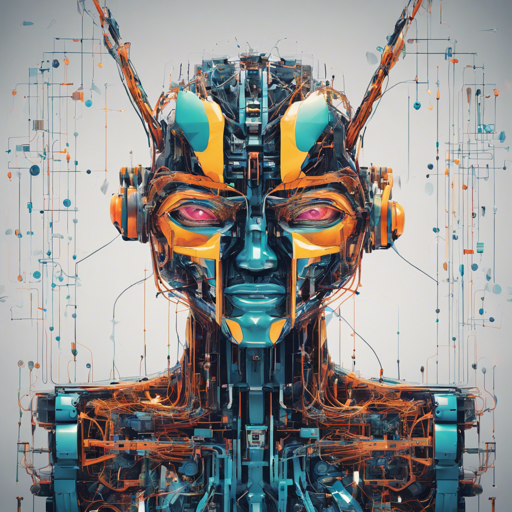In the ever-evolving landscape of artificial intelligence and computer vision, the Vision Transformer with Deformable Attention emerges as a breakthrough architecture that not only enhances image classification but also bridges the gap between computational efficiency and performance. In this blog post, we will walk you through implementing this revolutionary model, while providing troubleshooting tips to help you navigate potential challenges.
What You Need to Get Started
- NVIDIA GPU with CUDA 11.3
- Python 3.9
- PyTorch == 1.11.0
- torchvision == 0.12.0
- numpy == 1.20.3
- timm == 0.5.4
- einops == 0.6.1
- natten == 0.14.6
- PyYAML
- yacs
- termcolor
How to Evaluate Pretrained Models on ImageNet-1K Classification
The implementation provides pretrained models in three configurations: tiny, small, and base. Here’s how you can evaluate them:
- Download the pretrained weights for DAT-T++, DAT-S++, and DAT-B++.
- Before running the scripts, ensure to set the –data-path argument in the evaluate.sh script to point to your ImageNet-1K directory.
bash evaluate.sh gpu_nums path-to-config path-to-pretrained-weightsFor example, to evaluate the DAT-Tiny model with 8 GPUs, the command will be:
bash evaluate.sh 8 configs/dat_tiny.yaml dat_pp_tiny_in1k_224.pthYou should see the accuracy results outputted, confirming the evaluation metrics.
Training Models from Scratch
To train a model from scratch, it’s equally simple using the provided script:
bash train.sh 8 path-to-config experiment-tagFor larger batch sizes across multiple nodes, you can utilize:
bash train_slurm.sh 32 path-to-config slurm-job-nameRemember to adjust the path-to-imagenet in the script files to your specific ImageNet directory.
Understanding the Concept: An Analogy
Imagine hosting a birthday party where the cake, decorations, and music all belong to specific areas of the room. The traditional Vision Transformer acts like a general decorator who tries to manage the entire room at once, which might lead to chaos and missed details. The Swin Transformer, however, divides the room into sections but may lose sight of the significance of specific parts of the cake. Enter Deformable Attention (DAT) – it’s like having designated specialists for each feature. They know exactly where to direct their attention, ensuring that not only is each part of the party well-managed, but the most critical components (the cake, perhaps) receive the focus they deserve, ultimately leading to a successful and enjoyable gathering.
Troubleshooting Tips
Here are some common issues and troubleshooting strategies:
- Error in CUDA drivers: Ensure your NVIDIA driver is updated and compatible with CUDA 11.3.
- Model not producing output: Verify you have set the data paths correctly in your script files.
- Incompatible package versions: Double-check your Python dependencies to ensure version compatibility.
For more insights, updates, or to collaborate on AI development projects, stay connected with fxis.ai.
Conclusion
With a robust understanding of how to implement Vision Transformer with Deformable Attention, you are well on your way to harnessing the power of advanced neural networks for your computer vision tasks. At fxis.ai, we believe that such advancements are crucial for the future of AI, as they enable more comprehensive and effective solutions. Our team is continually exploring new methodologies to push the envelope in artificial intelligence, ensuring that our clients benefit from the latest technological innovations.

